In Love With A Road
Images: T.R. Raghunandan
As usual, I made an early start. That means tucking in early as well, the previous night. A practiced look at my checklist and I was on my way. This time, my automotive companion was our 1950 Series MM Morris Minor. I was tingling with anticipation. After a long break, I would be traveling on one of my favourite roads again. They say it had changed a great deal and I wanted to take a closer look.
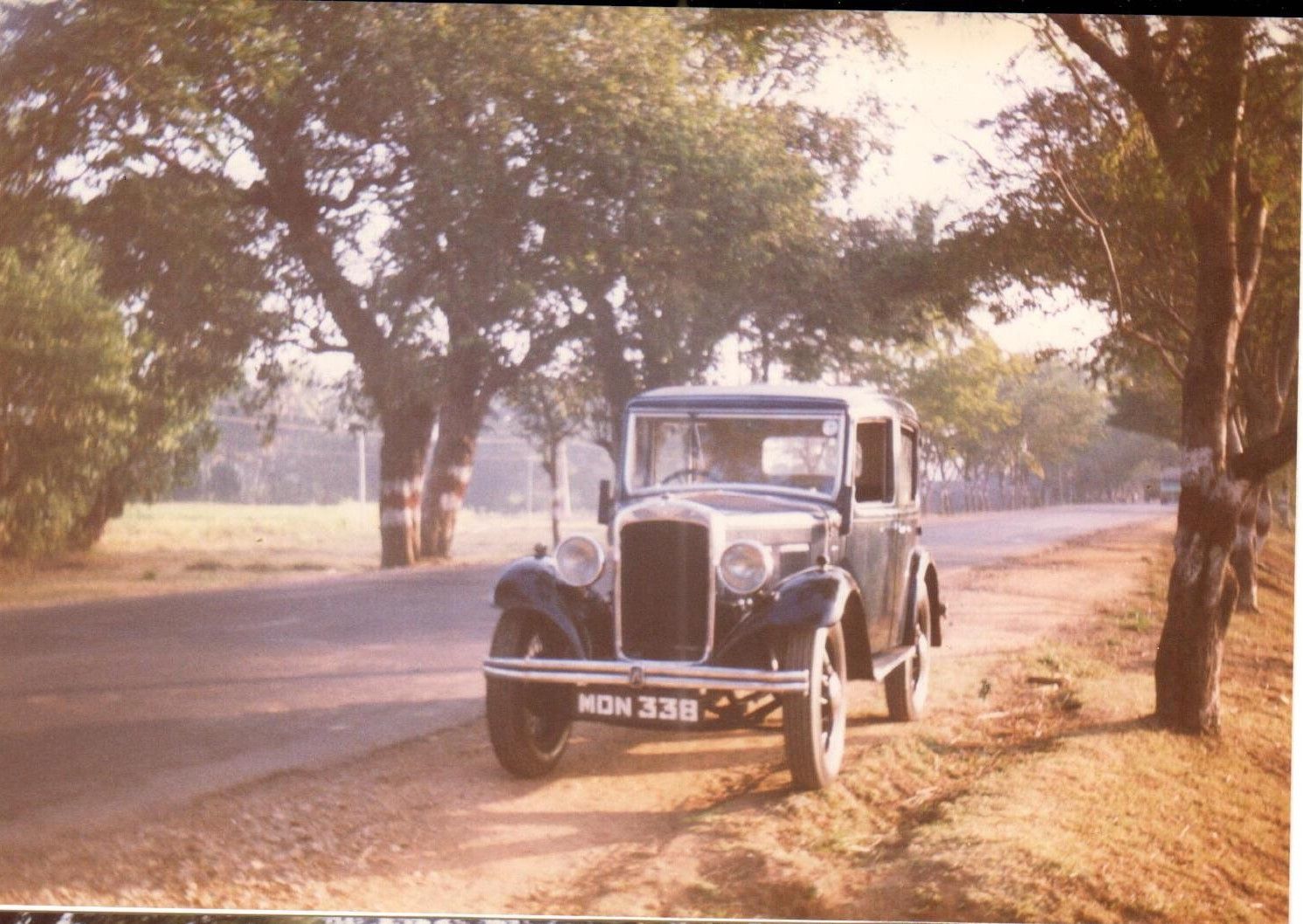
In the silence, save for the purring of the side valve engine (I was driving solo), I was lost in my memories. 46 years back, in 1976, my parents decided to move from Kerala, to settle down in Bangalore. It was my first visit to the city. After making the down payment for our new home, we drove back to Kerala, via Mysore. For a car-mad teenager, the Mysore road was a revelation.
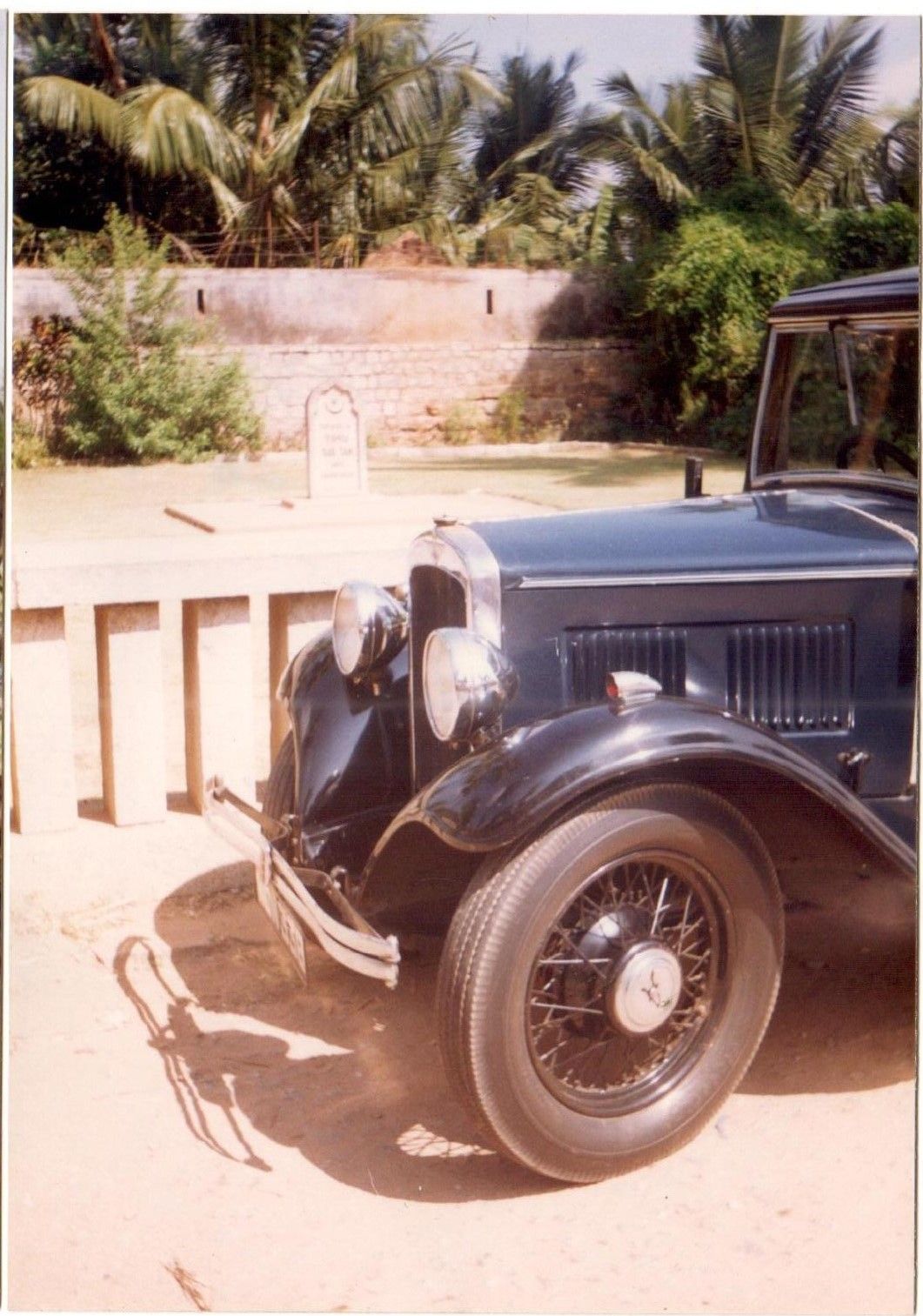
Well, the Bangalore-Mysore Road was strictly speaking, the Bangalore-Ooty Road. Laid down in concrete in the twenties, it was easy to identify; the concrete strip snaked through the towns of Ramanagara, Chennapatna, Maddur, Mandya and Srirangapatna, before reaching Mysore. Then, it marked out the road inside the city, from Bannimantap to the Nanjangud road, and continued all the way to Gundalpet and the border with Madras Presidency, where the authorities across the border continued the light grey strip to Ooty. All of 188 miles long, the concrete made the road distinctive, even though later on, the sides of the road were widened with asphalt.
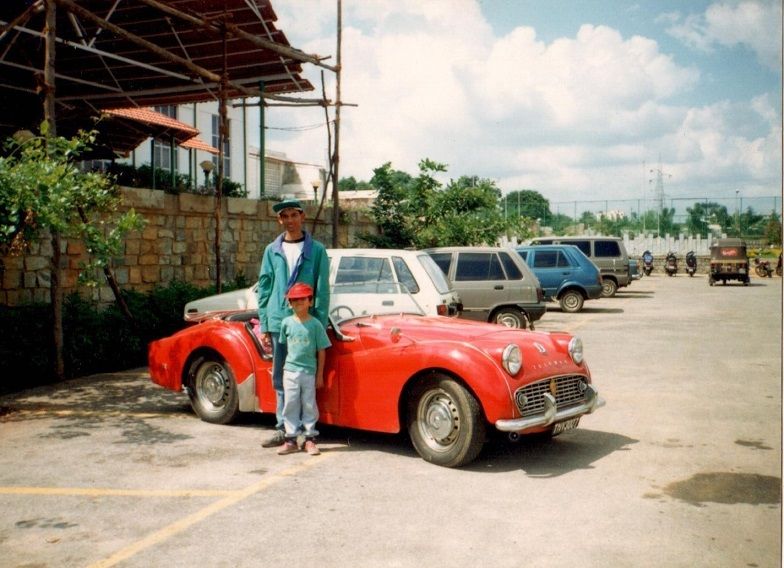
By 1976, the concrete was beginning to crack and deteriorate, but it was patched up with asphalt here and there. What had not changed were the trees.
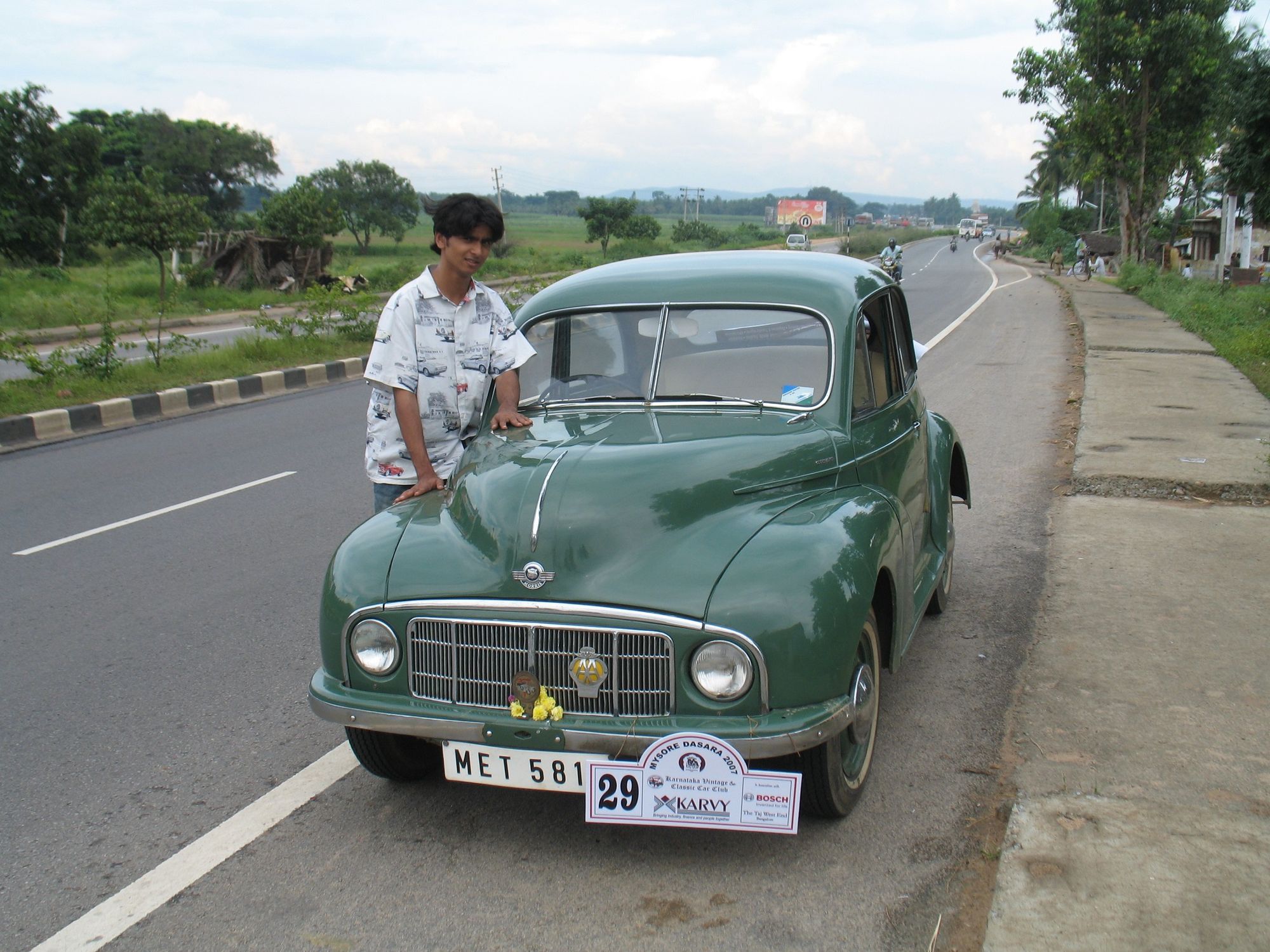
And what trees! The Maharaja’s administration planted Banyan, Mango, Rain trees and Jamun, largely. Later on, Gul Mohurs, once a signature of old Mysore’s landscape, were planted. These trees were gnarled with age, dropped their fruit, leaves and seeds on the road, and provided shade for motorists, monkeys and parrots alike.
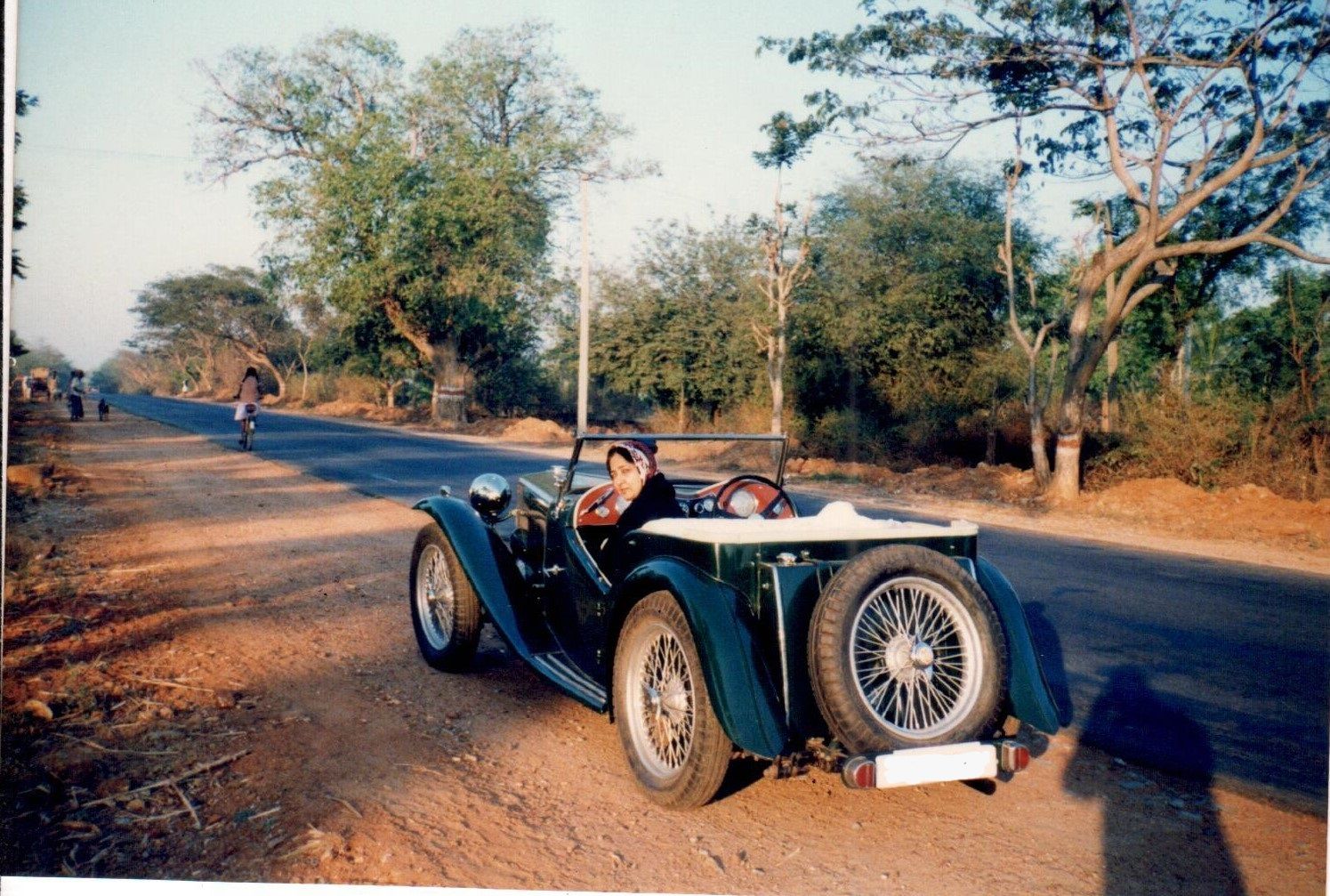
My 1976 journey was unforgettable. In our old Ambassador, carrying seven passengers with ease, we loped along at a leisurely pace, branching off at Gudalur from the Ooty road, to proceed towards Sultan’s Battery, before descending to the coast at Calicut. It was love at first sight for the concrete road.

As my Morris cleared the gaggle of early morning travelers, I reflected on how much the road had changed. It was in the late nineties that the first disaster happened. The road was widened to make it a four-lane carriageway. That was necessary, but what was the need to cut down over two thousand trees, many probably a century old? Was that not our priceless heritage? But no. Instead of building a second carriage way and saving the trees, they were murdered in spite of the protestations of people. Don’t worry, the government said. We are planting ten trees for every tree cut. We will never know if they did, because none survive.
The dreary four-lane carriageway, now bare and shorn of roadside trees, did not last long before it became congested. So the die was cast, to upgrade the road to a national expressway. That work is ongoing and that was what I explored.
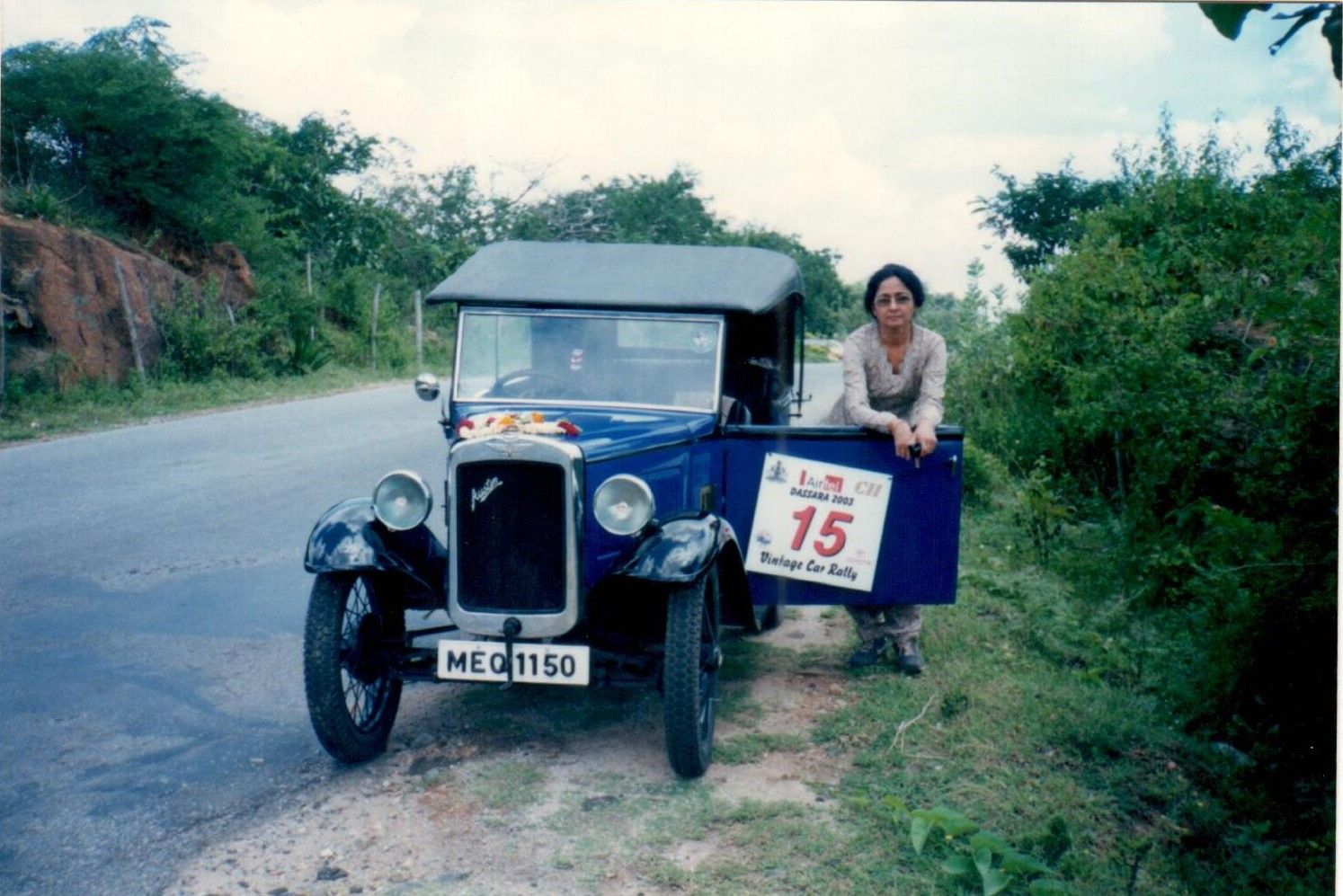
The expressway takes off just beyond the satellite town of Kengeri; which is now part of Bangalore’s sprawl. The bottlenecks of Bidadi, Ramanagara and Chennapatna have been bypassed. It is like any other highway stretch in India, now anonymized by standard construction techniques. Trees are nowhere to be seen. However, one benefit is that the road passes close to the famous Ramanagara hills, which, apart from the fact that the blockbuster Sholay was shot here, is also one of the oldest rock formations in the world.
Yet, there is magic. The mist rises to allow the sun to catch the hills; a succession of loaf-like monoliths. The signboard says no stopping on the main carriageway. So I pull into a service lane for a few photographs, the blunt nose of the Morris contrasting with the rocks thrust into the sky.
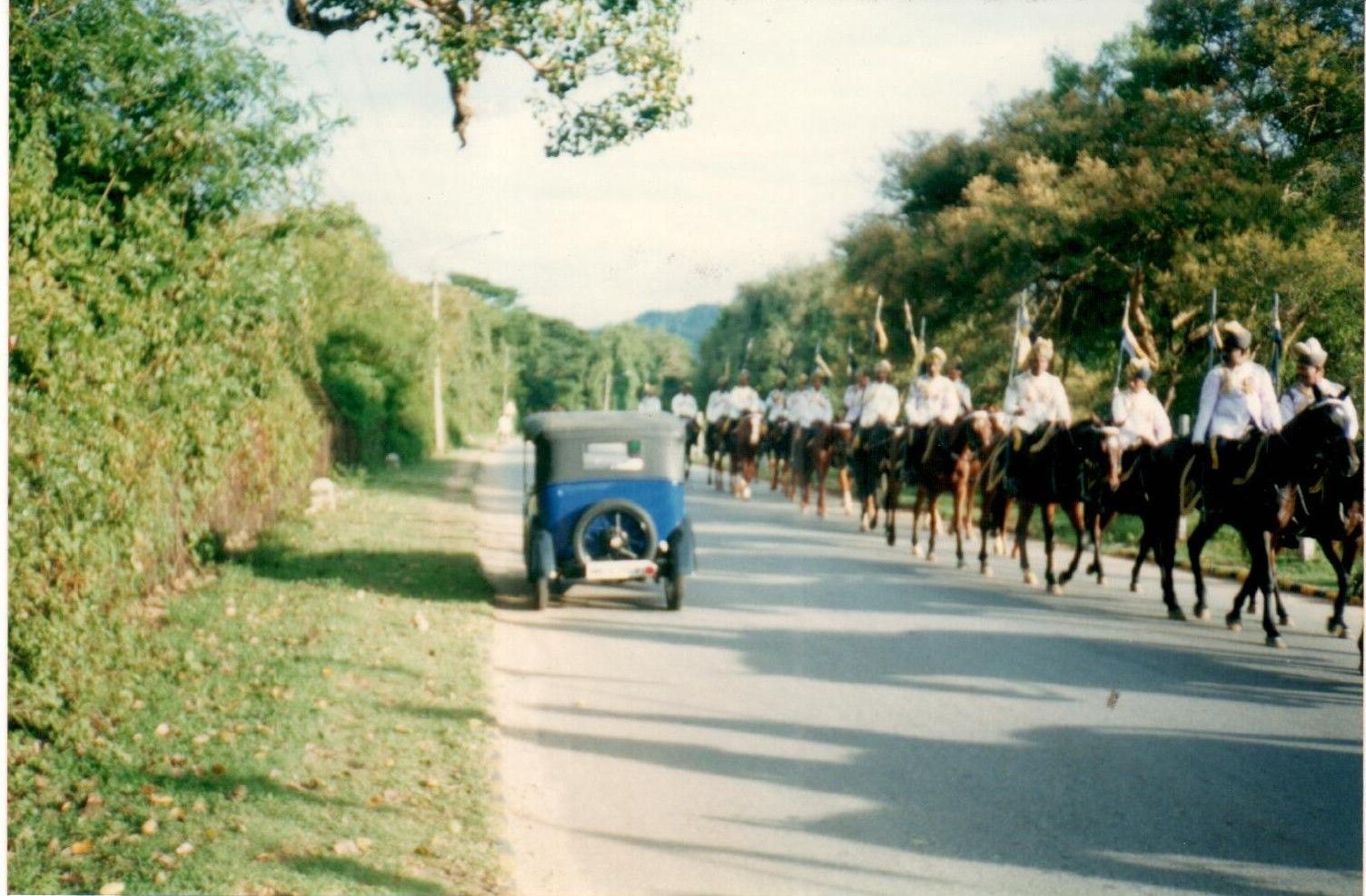
Not all my trips down Mysore road were as pleasant as my first. Once, in my uncle’s family Austin 10 of 1933 vintage, a brittle fuel diaphragm gave way. In the fading light, with my anxious family waiting, we fixed the problem by cutting a cycle tube and fashioning a diaphragm. However, more disasters were to come; the valves stuck and I lost compression in Mysore, necessitating that the car be towed back to Bangalore in the dead of night. I never heard the end of that from my infuriated wife! The same Austin 10 was refreshed with fresh petrol a few months later, and I traveled in it back along the same road.

Trips to the Mysore Dussehra were a regular for a bunch of us members of the Karnataka Vintage and Classic Car Club, in vintage cars. Driving along with a group provided the assurance that help would always be at hand. So trips were made in my MG and Austin Seven. On one occasion, my son, who obtained his driving licence in the Morris, drove it for a rally on Mysore road.
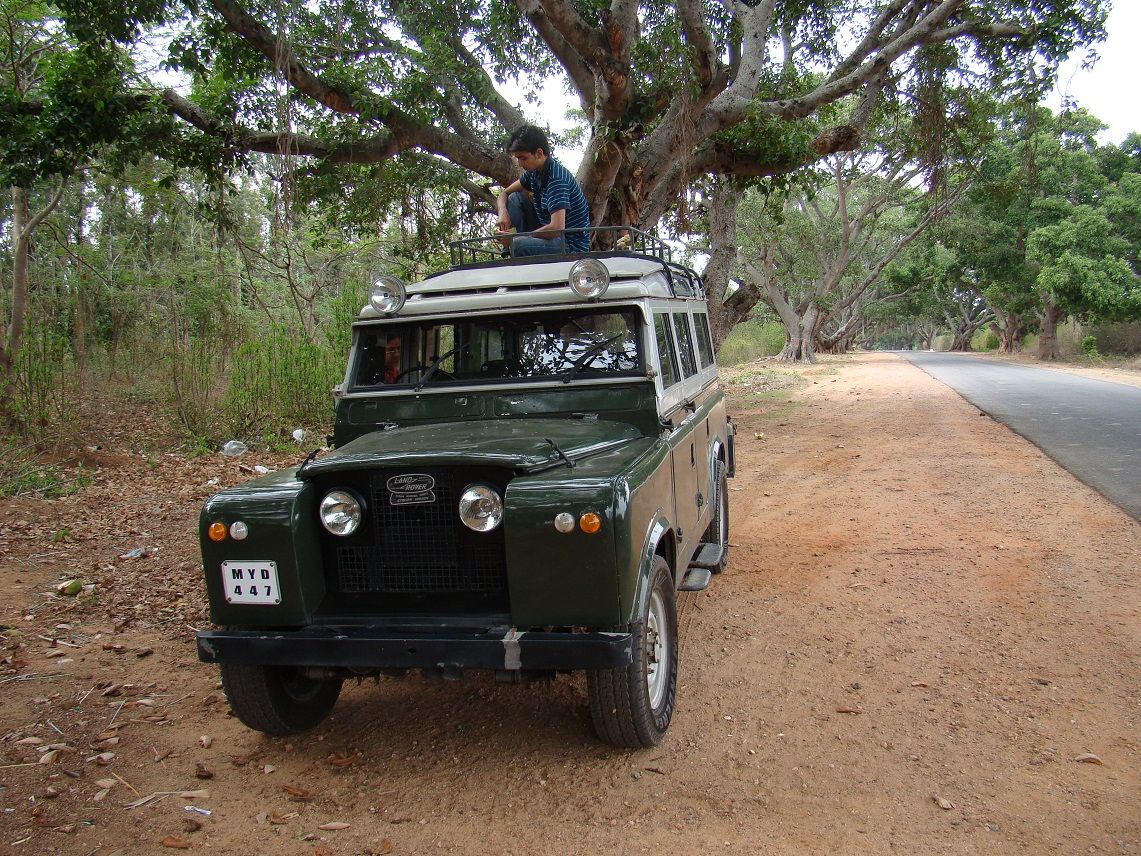
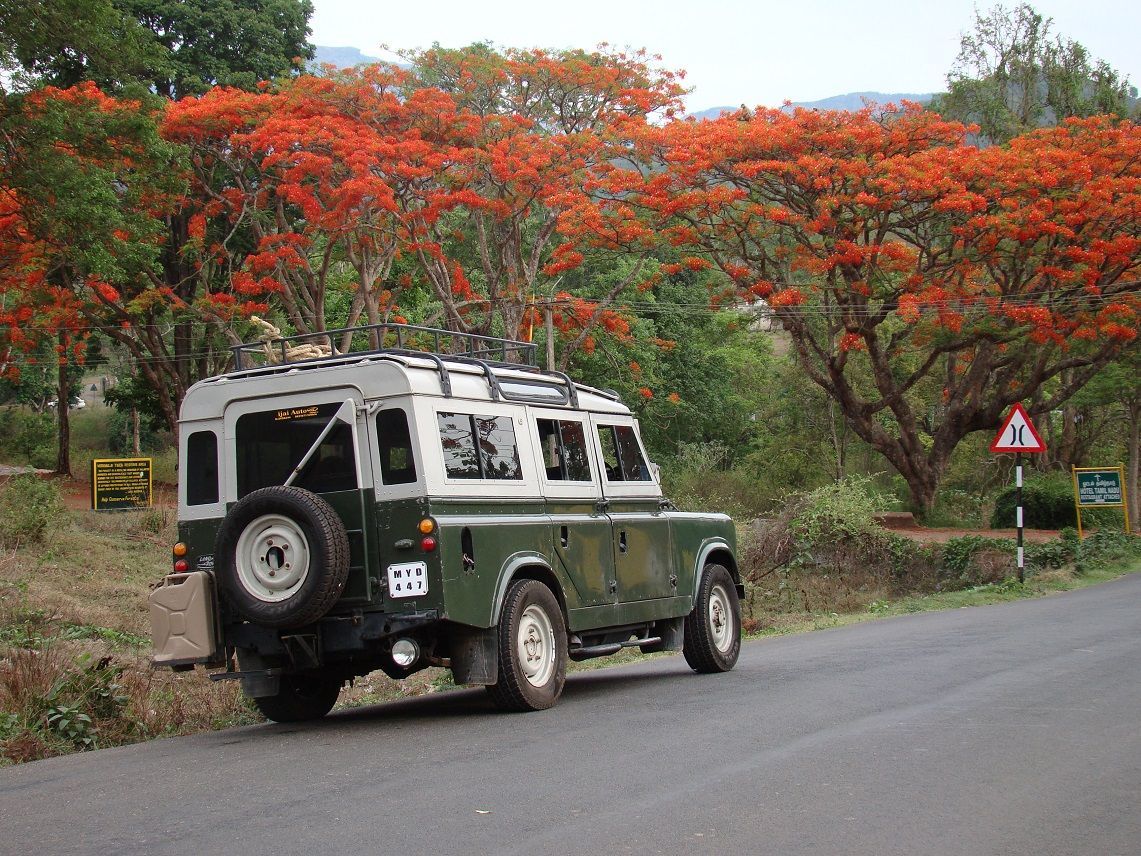
One of the features of the Mysore road was the restaurants that dotted the road. Many were known for their specialties. In Bidadi the Thatte (plate) idlis were famous. Kamat Upachaar, at Janapada Loka, a place that offered a display of traditional Karnataka arts and crafts, was renowned for Mangalorean vegetarian fare. Further on, Pujari’s fishland offered, well, Mangalorean fish. Close to Srirangapattana, Bhuvaneshwari Military hotel served rich mutton and chicken curries with steaming balls of ragi flour. And Maddur’s signature vade, offered at the stylishly named Maddur Tiffanies, was famous all over. Now, the new expressway’s alignment will eliminate all these eateries. Some, particularly the larger chains, may have the resources to relocate. However, one expects that not many will stop on the road, the time taken to reach Mysore is likely to halve from the current 3 hours.
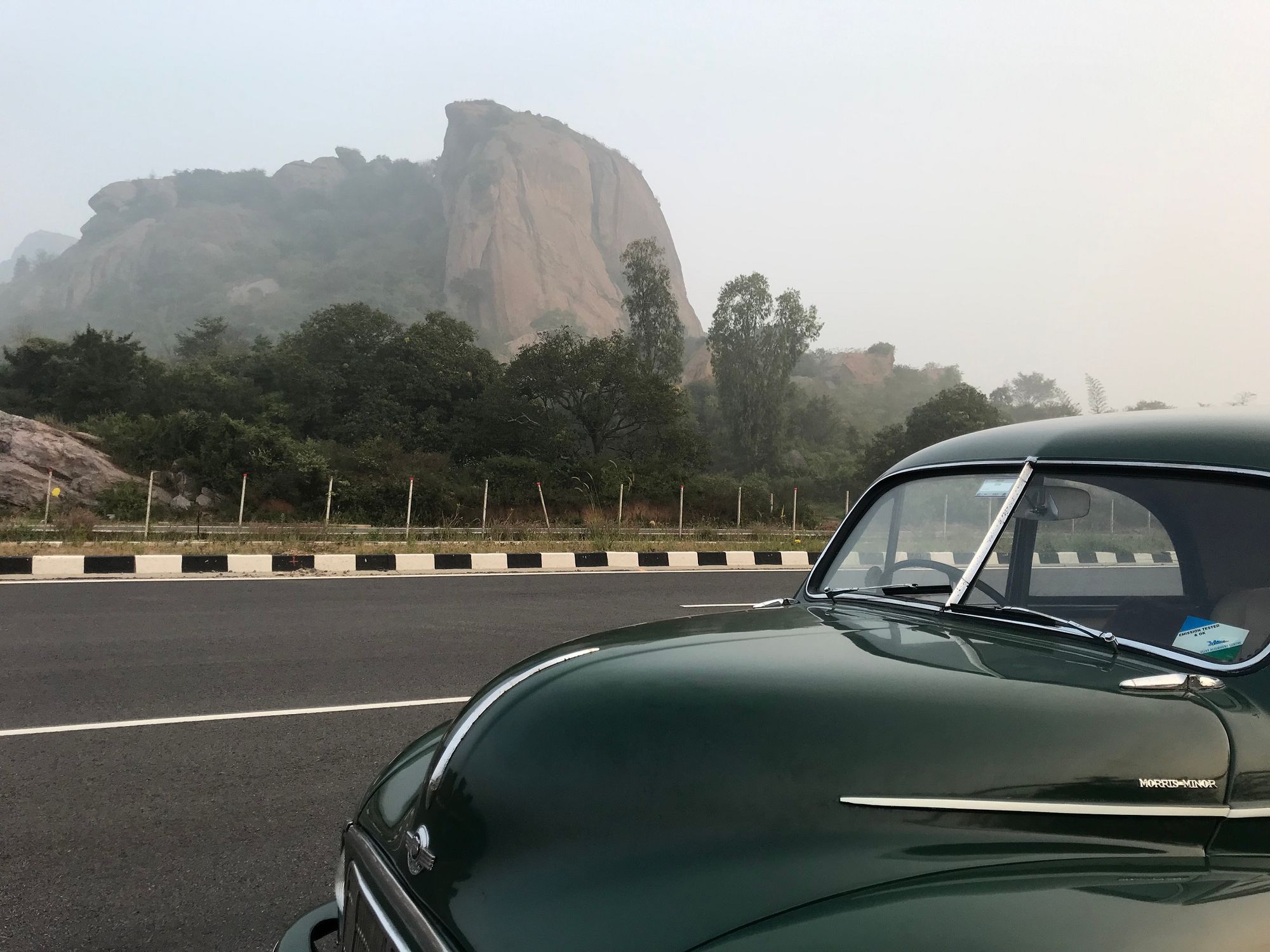
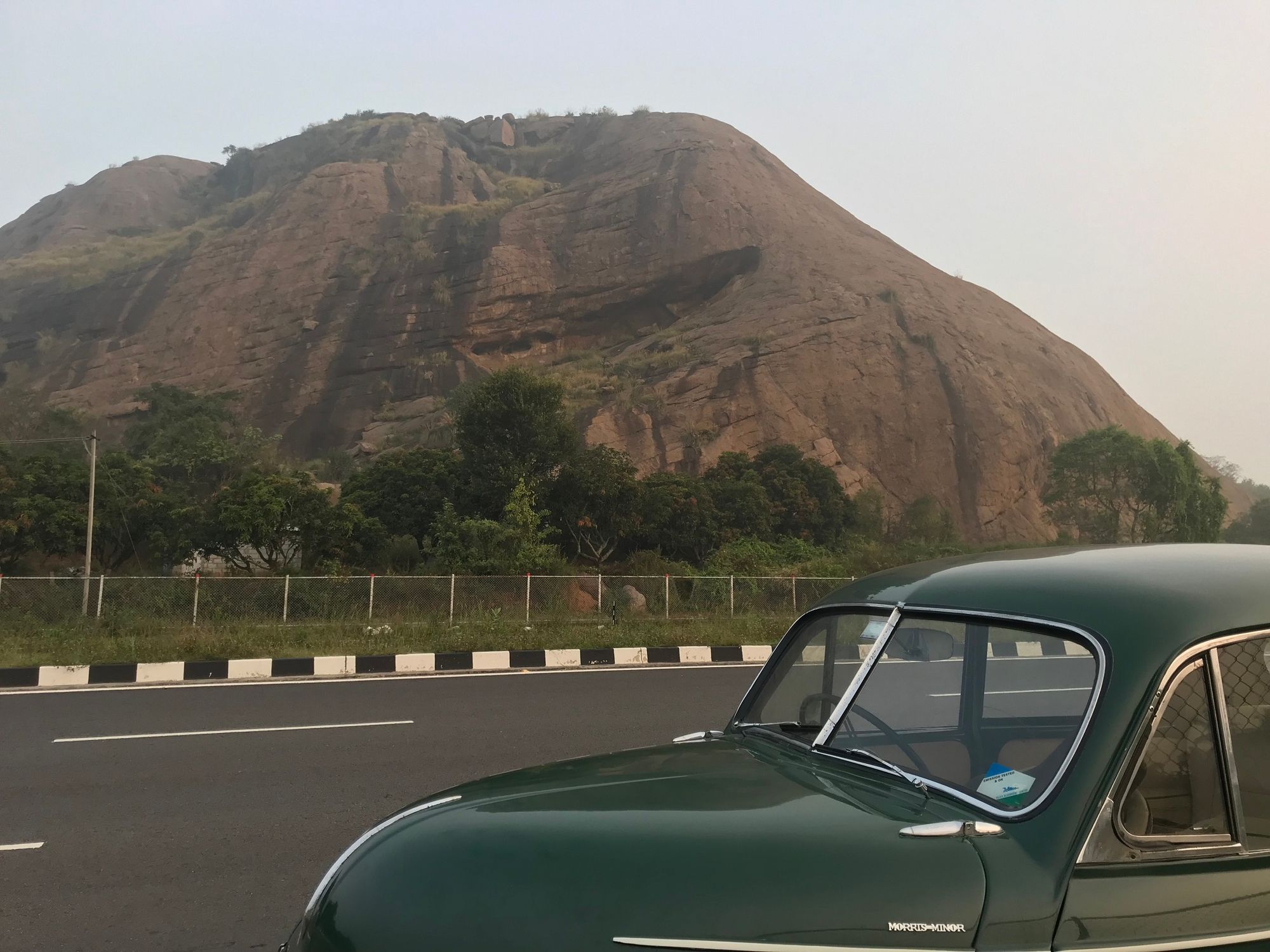
As the mist cleared, I started up the Morris again and drove through a vignette of memories. The spell was broken. But the old Mysore road will live in my memories forever.
Comments
Sign in or become a deRivaz & Ives member to join the conversation.
Just enter your email below to get a log in link.
